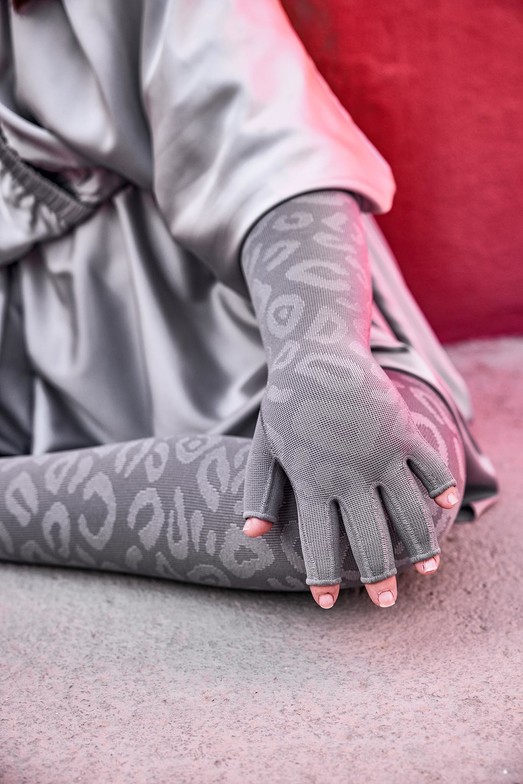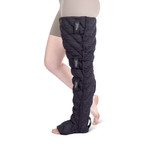Lymphedema is a chronic condition that causes swelling due to the accumulation of lymph fluid, often resulting from damage to or removal of lymph nodes. Managing lymphedema effectively requires a comprehensive approach, and compression garments play a crucial role in controlling swelling and preventing complications. If you or a loved one has been diagnosed with lymphedema, understanding how compression garments work and their benefits can help you make informed decisions about your care.
What Are Compression Garments?
Compression garments are specially designed medical-grade clothing that applies controlled pressure to the affected limb, helping to move lymph fluid and prevent further swelling. These garments come in different forms, such as sleeves, gloves, stockings, and wraps, and are typically prescribed based on the severity and location of the lymphedema.
How Compression Garments Help with Lymphedema
Wearing compression garments helps manage lymphedema by:
-
Encouraging Lymphatic Drainage: The pressure exerted by the garment supports the movement of fluid through the lymphatic system, reducing buildup in the tissues.
-
Reducing Swelling and Discomfort: By limiting fluid accumulation, compression garments help control swelling and alleviate feelings of heaviness and tightness in the limb.
-
Preventing Progression: Consistent use of compression can help prevent worsening of lymphedema and potential complications such as infections and fibrosis.
-
Enhancing Therapy Results: Compression garments are often used in conjunction with manual lymphatic drainage and other therapies to optimize outcomes.
Choosing the Right Compression Garment
When selecting a compression garment, several factors should be considered:
-
Compression Level: Garments come in different pressure levels, measured in mmHg. Your healthcare provider or lymphedema specialist can recommend the appropriate level based on your condition.
-
Fit and Comfort: Proper fit is essential to ensure effectiveness and avoid discomfort or restricted circulation. Custom-fitted garments may be necessary for some individuals.
-
Material and Breathability: Many garments are made from breathable, moisture-wicking materials to enhance comfort, especially for long-term wear.
-
Ease of Use: Some individuals may benefit from garments with zippers, velcro, or donning aids to make application easier.
Tips for Wearing and Caring for Compression Garments
-
Wear Them Consistently: Follow your healthcare provider’s guidance on when and how long to wear the garment each day.
-
Replace When Needed: Compression garments lose their effectiveness over time. Typically, they should be replaced every 4-6 months.
-
Proper Washing and Storage: Hand wash or use a gentle machine cycle with mild detergent to maintain elasticity. Allow the garment to air dry.
-
Monitor Your Skin: Regularly check your skin for signs of irritation, redness, or cuts. If discomfort occurs, consult your therapist about adjustments or alternative options.
Final Thoughts
Compression garments are a vital part of lymphedema management, helping to maintain mobility, reduce swelling, and improve overall quality of life. Working closely with a lymphedema specialist ensures you have the right fit and compression level tailored to your needs. If you're looking for professional guidance, our team at Salt & Light Wellness can assist you in finding the best solutions for your lymphedema care.
Contact us for more information or to schedule an appointment now!
Dr. Nina Routon
Contact Me






